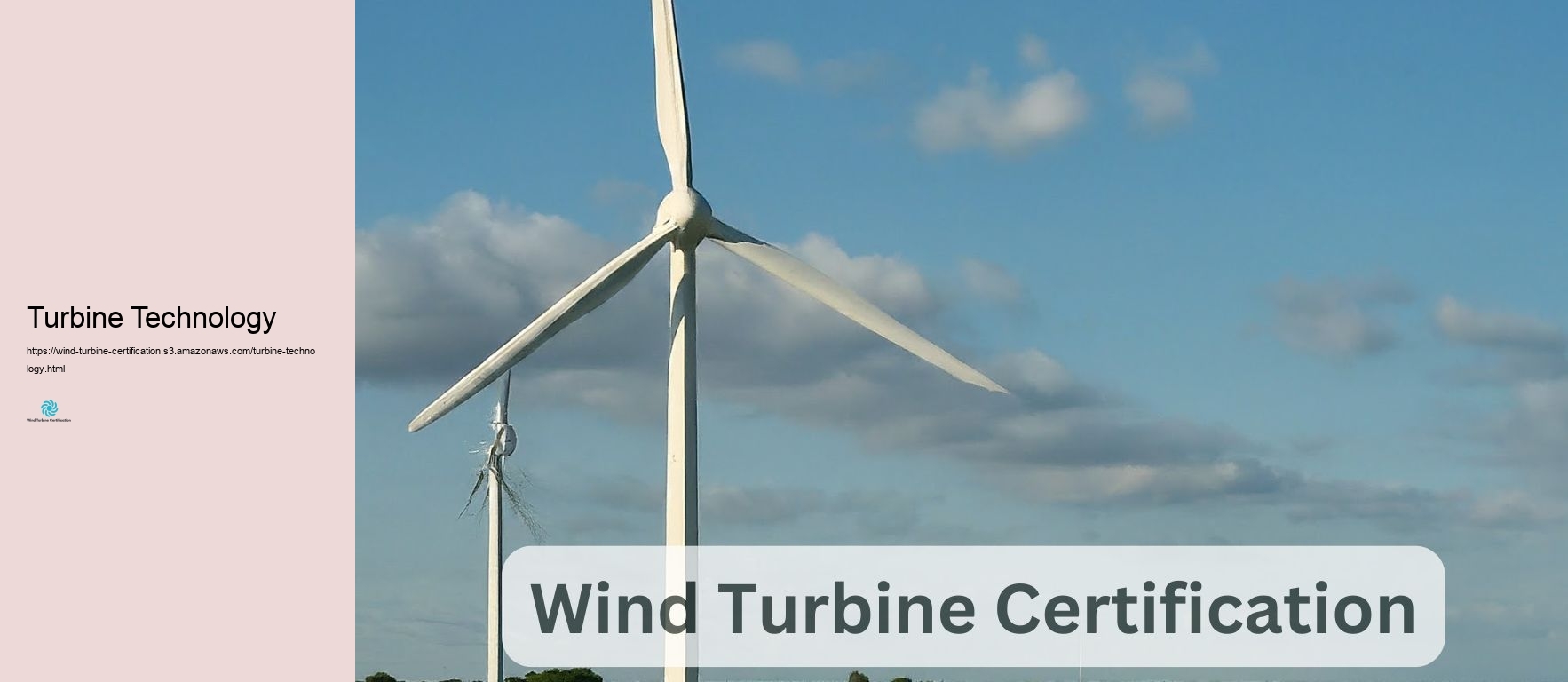

Wind turbine certification is a vital procedure in the wind power market that ensures wind wind turbines satisfy particular requirements for safety and security and security, efficiency, and dependability. This extensive certification process includes rigorous testing and analysis of wind turbine designs, components, and producing procedures to verify conformity with worldwide requirements and regulations. The key feature of wind turbine certification is to provide guarantee to stakeholders, consisting of project designers, financiers, and controling bodies, that a details wind turbine layout appropriates for its preferred usage and can stand up against the ecological problems it will certainly manage throughout its functional life time. Certification helps in reducing threats related to wind power jobs and advertises the general top-notch and dependability of wind turbine technology. There are numerous kinds of wind turbine qualifications, with type certification being one of the most normal and comprehensive. Kind certification validates that an information wind turbine design is developed, created, and checked according to ideal standards and guidelines. This procedure normally includes numerous assessment components, such as style basis examination, wind turbine style examination, kind screening, producing analysis, and last evaluation. The style basis evaluation examines the environmental and useful conditions under which the wind turbine is expected to run. This includes variables such as wind rates, disturbance, temperature level varieties, and other site-specific problems. The wind turbine design evaluation assesses the turbine's architectural, mechanical, and electric parts to ensure they meet the needed criteria and can hold up against the prepared for loads and tensions. Kind screening is a vital component of the certification procedure, involving physical tests on a model or production system of the wind turbine. These examinations examine different aspects of the turbine's performance, including power end result, noise discharges, and safety and security functions. Lots dimensions are in addition carried out to verify the accuracy of the style estimates and simulations.
sustaining the development and reliability of wind energy as an essential element of the global renewable resource mix. By providing a standard framework for evaluating wind turbine technology, certification assists create confidence amongst stakeholders and contributes to the total success and sustainability of wind power jobs worldwide.
Getting wind turbine certification is a laborious procedure made to make sure that wind generators satisfy certain standards and standards, assuring their safety and security, performance, and dependability. This comprehensive overview describes the critical demands for obtaining wind turbine certification, highlighting the significance of each action in the process. Kind certification is an important demand for wind wind turbines, verifying that they are made, created, and evaluated to abide by information needs or standards. This part evaluates the design assumptions and demands made use of in producing the wind turbine. It assurances that the layout is based upon audio engineering principles and meets the required requirements. This activity analyzes the thorough style of the wind turbine, including its mechanical, electrical, and control systems. It confirms that the design meets the technological demands and market needs. Type testing includes carrying out physical exams on the wind turbine to verify its efficiency and safety and security and safety and security under various running conditions. This consists of screening for architectural stability, electrical efficiency, and audio levels. This part assesses the manufacturing procedure to make certain that it stay with the accepted style papers. It consists of analyses of the making center and quality assurance treatments. The last assessment combines all previous analyses to verify that the wind turbine satisfies all certification needs. This phase involves an extensive testimonial of all documents and examination results. Optional assessment parts may include structure format analysis, structure making evaluation, and type features dimensions. These added evaluations offer much more assurance of the turbine's performance and security. Part certification is equally critical, as it confirms that substantial parts of a wind turbine, such as blades or major transmissions, satisfy particular criteria and technological demands. The procedure for component certification. Turbine certification frequently complies with globally standards such as IEC 61400-22 and IEC 61400-1. These demands supply a structure for assuring that wind turbines are made and checked out to please worldwide security and performance requirements.
Empower your wind energy projects with certified wind turbines! 🌍💨 Our comprehensive certification ensures top-notch safety, performance, and reliability, helping you build a sustainable future with confidence.https://t.co/Xa7LZ7nRLC
— Turbine Training And Operation (@turbinetraine) August 20, 2024
Wind turbine certification plays an essential function in the renewable resource sector, offering assurance of safety, effectiveness, and reliability for wind energy work worldwide. As the worldwide need for clean power continues to expand, certification has ended up being an essential procedure that benefits producers, designers, financiers, and customers alike. At its core, wind turbine certification is a thorough evaluation process that confirms that a turbine model satisfies specific demands and demands. This procedure frequently consists of style examination, kind testing, making analysis, and final analysis. By acquiring certification, wind turbine manufacturers demonstrate that their things have actually undergone extensive testing and follow global criteria, such as those well-known by the International Electrotechnical Payment (IEC). Among the main benefits of wind turbine certification is the improvement of safety and security. Certified generators have really been totally evaluated for architectural integrity, electrical systems, and control devices, ensuring that they can stand up against numerous ecological problems and operate securely throughout their life-span. This focus on security not only safeguards employees and close-by areas yet furthermore helps to construct public rely on wind power innovation. Certification in addition plays a crucial role in efficiency confirmation. With standardized screening procedures, certified wind turbines supply reputable information on power outcome, efficiency, and power manufacturing. This information is vital for job designers and financiers, permitting them to make educated choices and accurate projections about the financial practicality of wind power tasks. Certified performance information in addition assists in securing moneying, as loan carriers and capitalists have higher self-confidence in the dependability of accredited wind turbines.
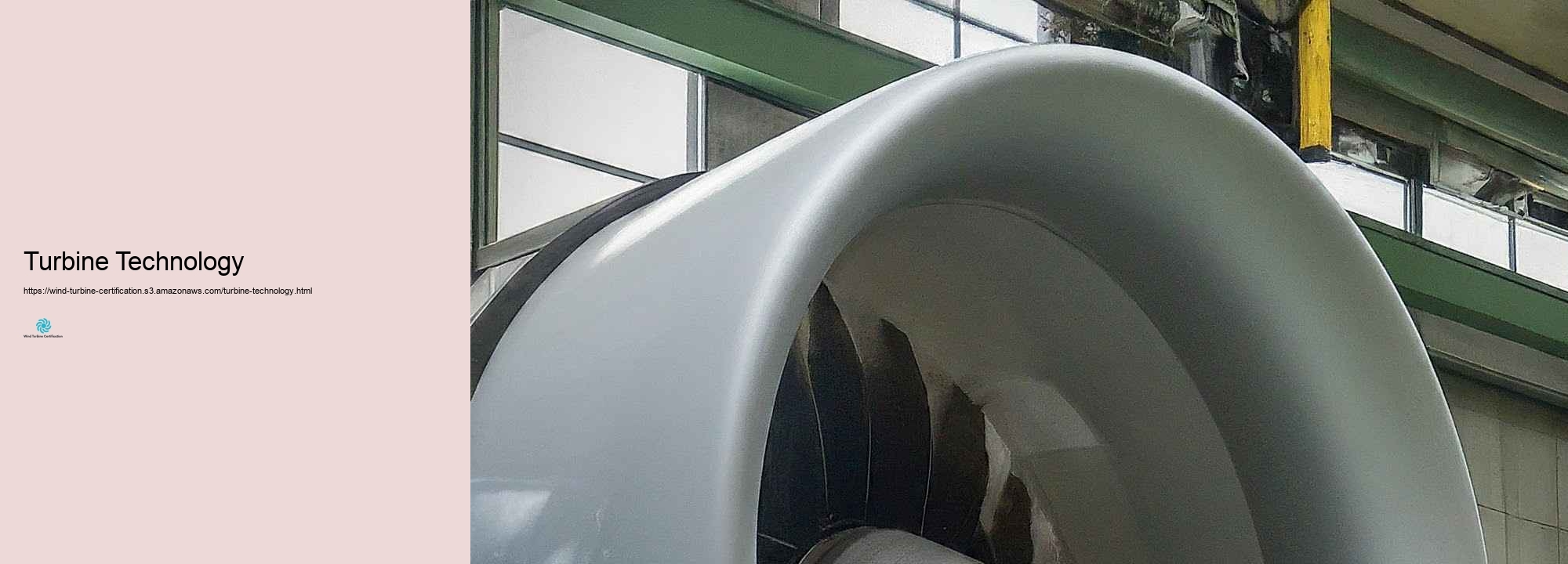
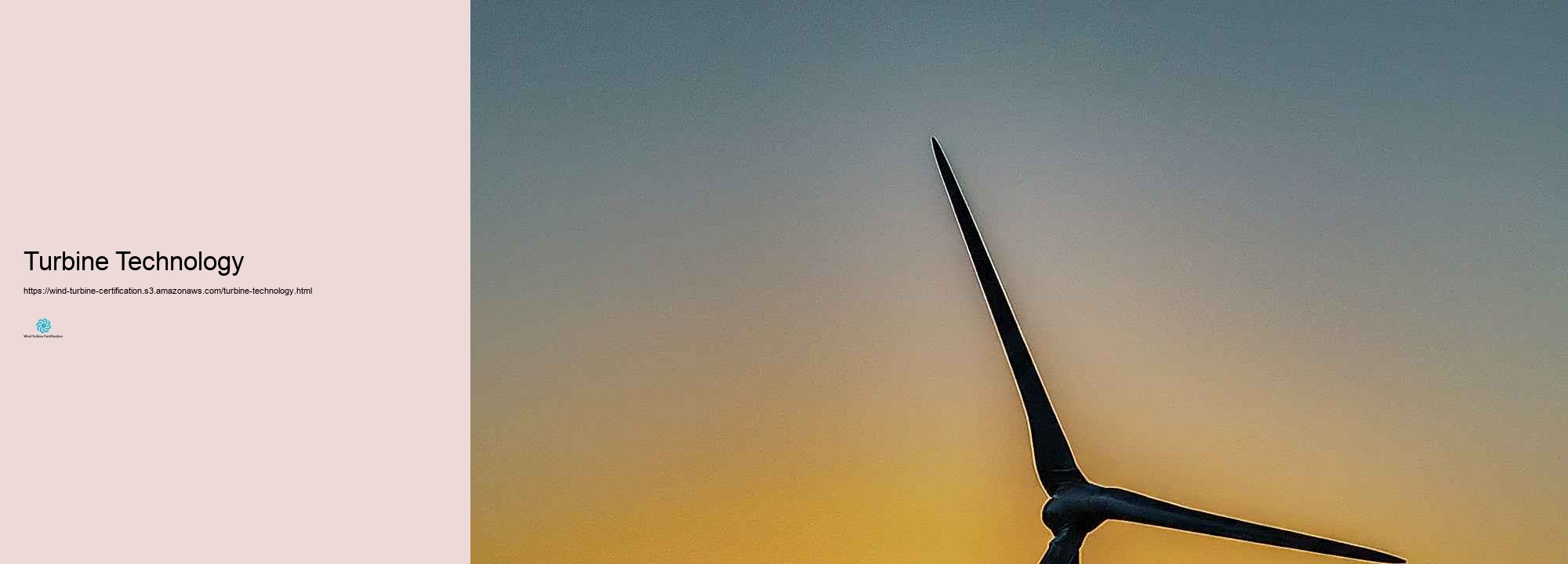
Wind turbine certification is a comprehensive process that sees to it wind generators are developed, made, and examined to meet certain requirements and requirements. This certification is crucial for manufacturers to show the high quality, safety and security, and performance of their items. The procedure typically includes various vital actions, each playing a necessary obligation in the overall certification. The extremely initial step in the wind turbine certification procedure is the style basis assessment. This initial stage entails reviewing the basic presumptions, criteria, and methodologies made use of in the turbine'' ' ' s style. Certification bodies like TUV, DNV-GL, or Bureau Veritas examine the style basis to ensure it align with industry requirements such as IEC 61400-22. This action is essential as it establishes the framework for all subsequent evaluations and tests. Complying with the style basis assessment, the following step is the style evaluation. In this stage, the certification body confirms that the genuine design of the wind turbine complies with the accredited format basis. This entails a comprehensive test of all technological aspects of the turbine, consisting of architectural elements, electrical systems, control systems, and safety features. The design assessment makes certain that the turbine is theoretically effective in standing up versus the anticipated great deals and operating problems throughout its intended lifetime. The production analysis is the Third substantial step in the certification procedure.
While the treatment can be lengthy and costly, it gives essential assurance to stakeholders in the wind energy market, from providers and designers to plutocrats and regulatory authorities. As wind power remains to play a progressively crucial function in the international power mix, the rigorous certification treatment stays a structure of the market development and success.
When it concerns wind turbine expert certifications, several decent firms offer programs that are commonly recognized in the market. These certification bodies play an important obligation in establishing and preserving requirements for wind turbine professionals, guaranteeing they have the required capacities and comprehending to job securely and successfully in this rapidly growing area. Among one of the most obvious certification bodies is the American Wind Power Organization (AWEA). The AWEA products a detailed Wind Turbine Professional Certification program that is really concerned in the sector. This certification covers a selection of topics, including safety and security therapies, electric systems, mechanical systems, and hydraulics. The AWEA certification procedure normally involves completing a training program and passing a difficult examination. Lots of business in the wind power field pick or call for service technicians to hold this certification, making it a beneficial credential for profession technology. One more well-respected certification body is the International Wind Organisation (GWO). While not specifically concentrated on professional certification, the GWO establishes worldwide needs for security and safety training in the wind sector. Their Essential Safety and security Training (BST) program is typically acknowledged and often needed by companies. It covers crucial abilities such as first aid, fire acknowledgment, operating at elevations, and sea survival (for offshore wind service technicians). Lots of wind turbine specialists look for GWO accreditations together with their technological certifications to enhance their employability and assurance they please market security needs. The Electronic devices Technicians Organization (ETA) International is one more company that offers appropriate qualifications for wind turbine professionals. Their Renewable resource Adaptation Expert certification is developed for solution professionals handling countless renewable resource systems, containing wind generators. Wind Resource Assessment This certification shows a large understanding of renewable energy technologies and their assimilation right into electric systems, which can be particularly useful for technicians working with grid link and power circulation facets of wind energy tasks. The National Center for Building Education And Learning and Research study Study (NCCER) gives a Wind Turbine Maintenance Expert certification program that is getting recommendation in the market. This program covers an extensive selection of capacities and expertise areas particular to wind turbine maintenance, consisting of safety and security and safety, electrical principle, hydraulics, and mechanical systems. The NCCER certification treatment includes both produced analyses and functional performance analyses, making sure that certified specialists have both scholastic knowledge and hands-on abilities. For those looking for to focus on the overseas wind industry, the International Wind Organisation (GWO) provides certain accreditations tailored to the unique obstacles of servicing overseas wind ranches. These consist of innovative rescue training and specialized sea survival training courses. While not solely for solution professionals, these accreditations are generally called for or extremely valued for functions in overseas wind upkeep. The Work-related Safety and security and Health Administration (OSHA) furthermore plays a significant duty in wind turbine service technician training and certification. While OSHA doesn't usage a particular wind turbine solution professional certification, their security training programs, specifically those pertaining to running at heights and electrical security, are regularly asked for or recommended for service professionals in the location. Many employers demand specialists to hold OSHA qualifications in addition to industry-specific qualifications. In Europe, the European Wind Power Organization (now WindEurope )has contributed in establishing standards and certifications for the wind energy field. While they put on 't directly give expert accreditations, their standards and standards generally notify the content of training programs and certifications given by various other business in Europe and past. The International Renewable energy Company (IRENA) is one more worldwide company that, while not supplying straight certifications, provides important resources and criteria for renewable energy experts, consisting of wind turbine professionals. Their run in standardizing task responsibilities and capacities needs throughout the renewable energy sector has influenced certification programs worldwide. It's worth noting that numerous neighborhood universities and technical colleges supply wind turbine specialist training programs that culminate in a certificate or associate level. While these are not accreditations in the basic sense, they generally consist of prep work for industry-recognized certifications and can be an outstanding path right into the field. For those interested in a much more scholastic approach, some universities supply bachelor's levels in renewable energy or wind power modern technology. These programs usually include possibilities to gain field certifications as component of the curriculum, providing graduates with both academic understanding and practical credentials. When selecting a certification program, it's necessary for striving wind turbine service specialists to take into consideration the recommendation of the certification body within the industry, the certain capacities and experience locations covered by the certification, and the needs of prospective business in their target work market. Numerous experts uncover that a mix of credentials from various bodies deals among one of the most thorough credential strategy. It's likewise crucial to keep in mind that the wind power sector is rapidly progressing, with new developments and methods arising frequently. As a result of this, numerous certification bodies use continuing education and learning and learning programs or call for regular recertification to warranty that professionals abilities stay existing. This ongoing finding process is a crucial element of a reliable job in wind turbine maintenance. While there is no solitary, commonly acknowledged certification body for wind turbine specialists, several companies supply very pertained to programs that can considerably boost a solution professional credentials and career leads. The American Wind Energy Association, International Wind Organisation, Electronic devices Technicians Association, and National Facility for Building Education and Research are among the leading certification bodies in this field. Hopeful wind turbine experts need to research these companies and their certification programs extremely meticulously, considering their career objectives and the particular requirements of their target companies or regions. By getting certifications from appreciated bodies and dedicating to recurring education and finding out and skill growth, wind turbine service specialists can placement themselves for success in this lively and expanding field.
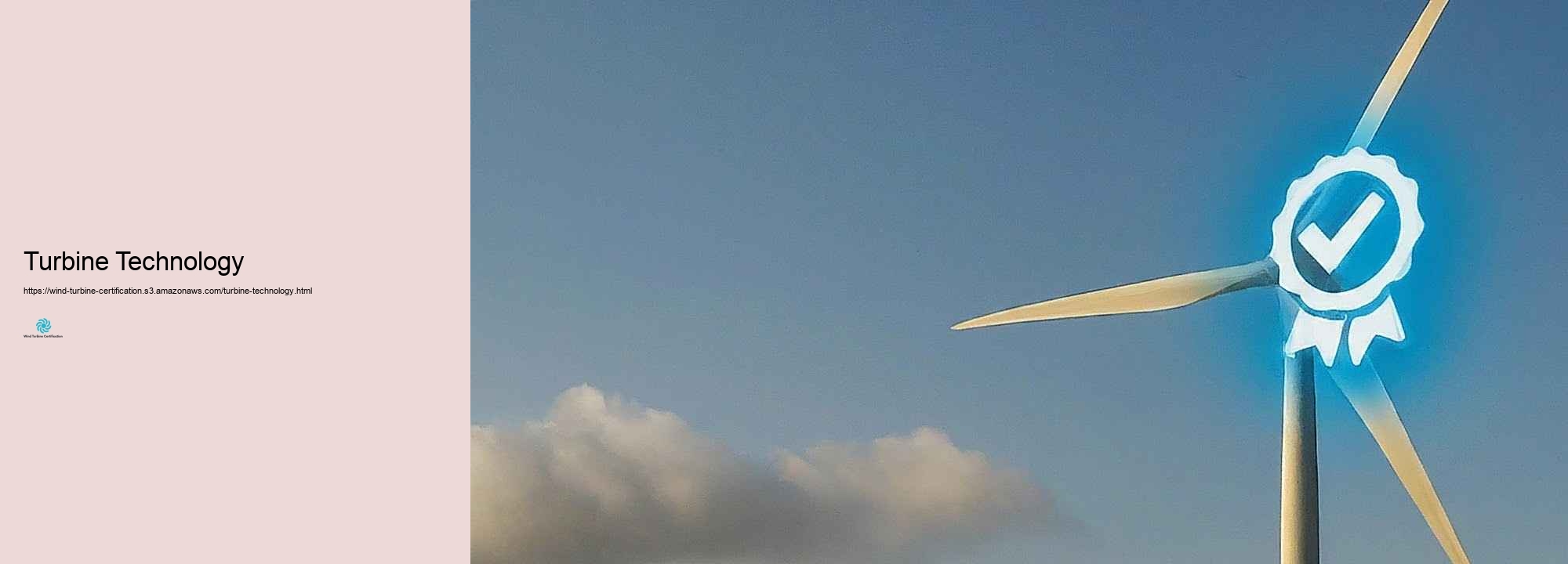
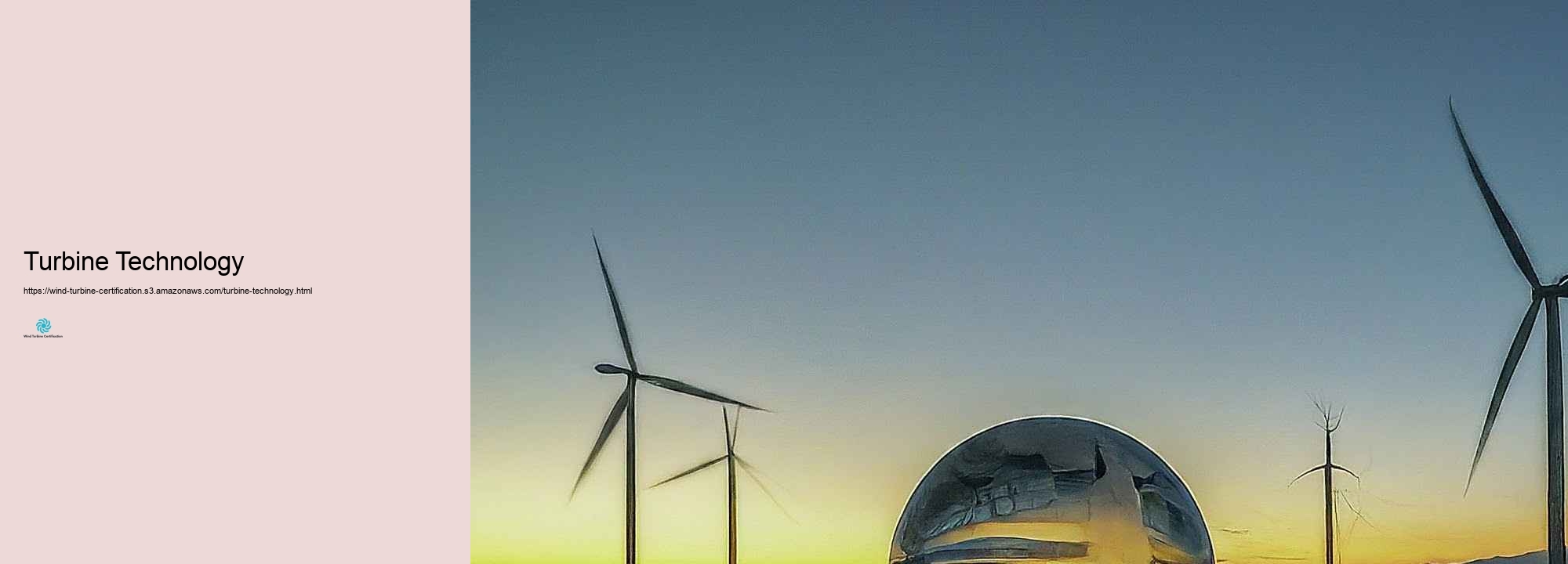
Wind turbine certification plays a crucial obligation in ensuring the safety and security and security and consistency of wind power systems, adding substantially to the industry development and public authorization. This comprehensive procedure consists of different elements of wind turbine design, production, and operation, all targeted at lowering risks and making ideal use of performance in the challenging atmospheres where these frameworks are launched. At its core, wind turbine certification involves validating that a turbine satisfies specific requirements and demands set by regulatory bodies and industry companies. These standards cover a huge range of aspects, consisting of architectural sincerity, electrical systems, control gadgets, and environmental effect. By sticking to these requirements, manufacturers and operators can show their commitment to safety and security and reliability, which is crucial for gaining the rely on of investors, insurance firms, and the public. One of the primary focuses of wind turbine certification is architectural safety and safety and security. Wind generators are disclosed to severe climate and must withstand high winds, turbulence, and sometimes, seismic task. Certification treatments include considerable evaluating and assessment of the turbine's architectural components, such as the tower, nacelle, and blades. These exams duplicate different lots problems that the turbine might experience throughout its useful lifetime, making sure that it can hold up against these stress without failure. Blade certification is a particularly vital element of this treatment. Wind Energy Curriculum Wind turbine blades undertake large stress and anxieties and need to maintain their stability over countless cycles. Certification for blades entails both fixed and vivid great deals testing, in addition to exhaustion testing to mimic lasting usage. Advanced approaches such as ultrasonic scanning and acoustic discharge evaluating are regularly utilized to place any kind of interior flaws or weak points in the blade structure. Electric system certification is one more essential element of wind turbine security and protection. This consists of examining the generator, power digital devices, and grid web link systems to make sure they accomplish security requirements and can operate precisely under various problems. Certification in this area additionally addresses concerns such as electromagnetic compatibility, ' defense versus lightning strikes, and the capability to safely closed down the turbine in scenario of grid failings or numerous other emergency situations. Control system certification concentrates on the software application and equipment that handle the turbine's procedure. This includes assessing the turbine ' s capacity to react to changing wind troubles, protect ideal power output, and apply security techniques when required. Certification around frequently involves substantial screening of the control solutions under numerous simulated circumstances to ensure durable and reliable performance. Ecological conformity is a progressively essential aspect of wind turbine certification. This contains evaluating the turbine's audio exhausts, shadow flicker influences, and prospective influence on wild pets, specifically birds and bats. Certification treatments in this field aid make sure that wind generators can exist side-by-side sympathetically with their bordering establishing and accomplish local policies pertaining to environmental monitoring. For overseas wind generators, certification deals with included measurements as an outcome of the extreme aquatic environment. This contains reviewing the turbine's resistance to rust, its capacity to hold up against wave lots and aquatic growth, and the honesty of subsea frameworks or drifting structures. Offshore certification also takes care of details safety and security and safety and security fears pertaining to aquatic operations, such as access for upkeep staff members and emergency scenario reaction treatments. The certification process usually consists of various stages, starting with a design evaluation. This phase includes an extensive testimonial of the turbine's design documents, containing estimates, simulations, and technological illustrations. Experts examine whether the layout satisfies the essential needs and appropriates for the desired useful problems. Following format assessment, version screening is normally needed. This involves constructing a significant version of the turbine and subjecting it to a series of examinations under regulated troubles. These examinations may consist of power efficiency measurements, whole lots measurements, and protection and function tests. The information accumulated throughout design evaluating is essential for verifying the design computations and assuring that the turbine carries out as expected. Manufacturing evaluation is another important component of the certification procedure. This includes examining the producer high quality management systems and manufacturing treatments to make sure that they can consistently produce generators that meet the qualified layout specifications. This may include producing center examinations, audits of quality control treatments, and exam of component traceability. As soon as a turbine version has been licensed, recurring surveillance is usually needed to preserve the certification. This may include regular assessments, assessment of functional data, and examination of any kind of alterations or upgrades made to the turbine design. This continual procedure help make sure that the turbine remains to satisfy safety and efficiency needs throughout its functional life. Wind turbine certification also plays a vital task in helping with the worldwide wind power market. Many countries ask for wind generators to be recognized to information needs before they can be established or connected to the grid. By obtaining globally identified certifications, makers can additional conveniently enter new markets and contend on a global array. The certification treatment itself is generally carried out by independent third-party firms recognized for this unbiased. These certification bodies use professionals in many fields connected with wind power modern technology, consisting of architectural layout, electric design, and environmental scientific research. Their flexibility and expertise provide trustworthiness to the certification procedure and aid make certain that evaluations are extensive and straightforward. As wind turbine modern-day innovation continues to advance, with bigger generators, new products, and innovative layouts being produced, certification processes need to similarly adjust. This includes establishing new evaluating approaches, updating requirements to address emerging innovations, and taking into account brand-new eco-friendly and security problems. As an example, the expanding interest in wandering offshore wind wind turbines has created the innovation of new certification requirements information to this modern-day technology. Wind turbine certification is a comprehensive and important process that makes sure the safety and security, stability, and conformity of wind power systems. By using a standardized framework for reviewing wind turbine development, certification aids develop self-esteem among stakeholders, declines risks related to wind power work, and sustains the ongoing growth and success of the wind power market. As the world progressively transforms to renewable resource sources to manage environment adjustment and energy security concerns, the role of wind turbine certification in making sure the security and safety and security and efficiency of this modern technology winds up being ever before additional crucial.
The wind power market has in fact broadened considerably over the previous couple of years, driven by the elevating need for renewable energy sources. As the market expands, the worth of guaranteeing protection, stability, and efficiency of wind wind turbines has in fact ended up being essential. Worldwide certification bodies play a crucial function in this procedure by establishing and imposing needs that make sure the top quality and safety of wind wind turbines. This write-up discovers the essential around the world certification bodies related to the wind power industry and their functions in making certain compliance with global criteria. The International Wind Organisation (GWO) is a philanthropic industry organization started by leading wind turbine makers and motorists. GWO's major objective is to attain an injury-free work environment in the wind turbine sector via the execution of typical worldwide standards for security and safety training and emergency scenario therapies. GWO requirements are generated by the market, for the market, making certain that they are useful and efficient in enhancing safety and maintaining manpower development. GWO supplies numerous training needs, including Fundamental Safety Training( BST), Basic Technical Training(BTT), and Advanced Rescue Training(ART ). These criteria are developed to ensure that wind turbine specialists have the essential abilities and recognizing to carry out their jobs securely and effectively. Certification bodies like NSF International Strategic Registrations (NSF-ISR) and ClassNK give GWO certification to training provider, making certain that they meet the called for criteria and use ideal tools in a perfect atmosphere. UL Solutions is one more popular certification body in the wind power area, acknowledged worldwide for its efficiency in safety and security and safety scientific research. UL Solutions deals qualifications for overseas drifting wind generators, which are coming to be significantly necessary as the industry relocates in the direction of much deeper waters. Their certification solutions consist of kind certification, component certification, and grid code consistency certification. These qualifications confirm that wind turbines are developed, taped, and produced in uniformity with particular standards and site conditions, making certain safety and security and safety and security, integrity, and effectiveness. UL Solutions similarly uses turbine life expansion services, aiding owners make notified decisions concerning operations, upkeep, and dealing with to enhance the worth of running wind possessions. Their participation in various nationwide and global boards much better highlights their commitment to forming the future of wind energy via much safer and additional safe development. ClassNK is a respectable certification body that supplies services based upon the around the world training standards created by GWO. ClassNK materials certification for training carriers based on all GWO training criteria, consisting of BST, BTT, ART, and specialized courses like Blade Dealing with Training. Certified training service providers need to undergo yearly monitoring audits and recertification audits every 2 years to maintain their certification. This considerable treatment warranties that training fulfills the best needs, contributing to a more secure and a lot more knowledgeable workforce in the wind turbine market. NSF-ISR is simply among the very first North American certification bodies to usage GWO certification to training companies. Their auditors are professionals in the wind turbine industry and can expect problems that might effect the audit experience. Certification demonstrates that training distributors conduct training according to GWO criteria utilizing the needed tools in an optimal establishing. Certified training providers are in-depth on the WINDA database, providing presence to wind turbine owner drivers, makers, and industry service providers seeking training firms. International certification bodies play a crucial duty in making certain conformity with worldwide needs in the wind power area. They establish and implement comprehensive requirements that cover different elements of wind turbine style, manufacturing, configuration, and treatment. These needs warranty that wind generators are secure, dependable, and carry out optimally under various ecological issues. Turbine Technology As an example, kind certification confirms that a wind turbine kind is developed, videotaped, and produced in consistency with specific needs and site problems. Component certification relates to significant building, mechanical, and electric aspects of wind generators, validating that they satisfy appropriate requirements and technical demands. Grid code conformity certification ensures that wind generators fulfill across the country and worldwide grid codes, promoting their adaptation right into power systems. Among the main functions of international certification bodies is advertising safety and security within the wind turbine sector. By setting regular global criteria for security training and emergency therapies, these bodies assistance in reducing the danger of injuries and casualties amongst wind turbine service specialists. For instance, GWO's BST consists of components such as emergency treatment, hand-operated handling, fire acknowledgment, operating at elevation, and sea survival. These modules gear up service specialists with required abilities to look after emergency situations effectively. Certification bodies in addition support labor force advancement by standardizing entry-level training across the industry. This standardization help warranty that new technicians have a constant degree of knowledge and abilities, which is vital for maintaining high security demands and useful effectiveness. Lots of GWO participants have standardized 30 % or much more of their entry-level training, demonstrating the influence of these standards on labor force development. Worldwide certification bodies help in market ease of access for wind turbine makers by offering acknowledged qualifications that are accepted worldwide.
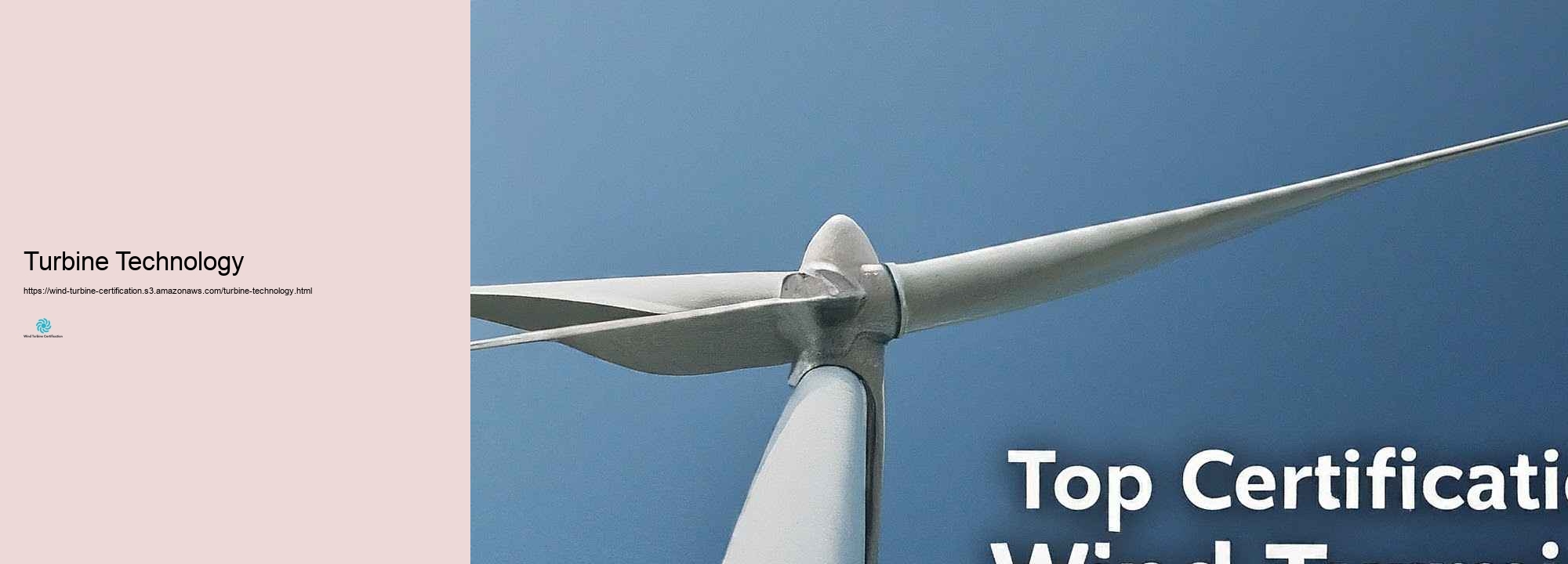
Wind Turbine Certification is a formal recognition that a technician or wind turbine system meets specific industry standards. It ensures safety, efficiency, and compliance with regulations, which is crucial for operating within the renewable energy sector.
Basic requirements include completing relevant training, gaining hands-on experience, and passing exams that test knowledge of wind turbine systems, safety protocols, and operational procedures.
The time required to become certified varies, typically ranging from a few months to over a year, depending on the program and the individual's prior experience.
Organizations such as the Global Wind Organisation (GWO), American Wind Energy Association (AWEA), and International Electrotechnical Commission (IEC) provide Wind Turbine Certification.
Obtaining Wind Turbine Certification enhances your credibility as a professional, opens up job opportunities in the wind energy sector, and ensures you are equipped to meet industry standards and safety requirements.